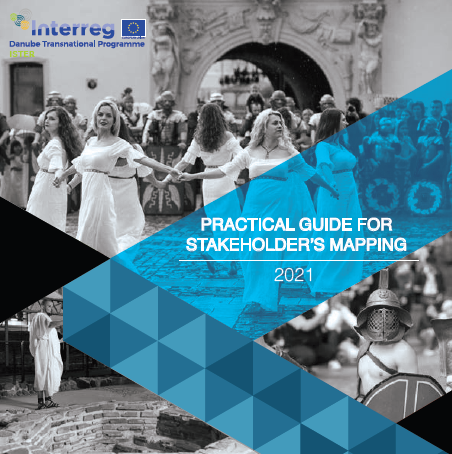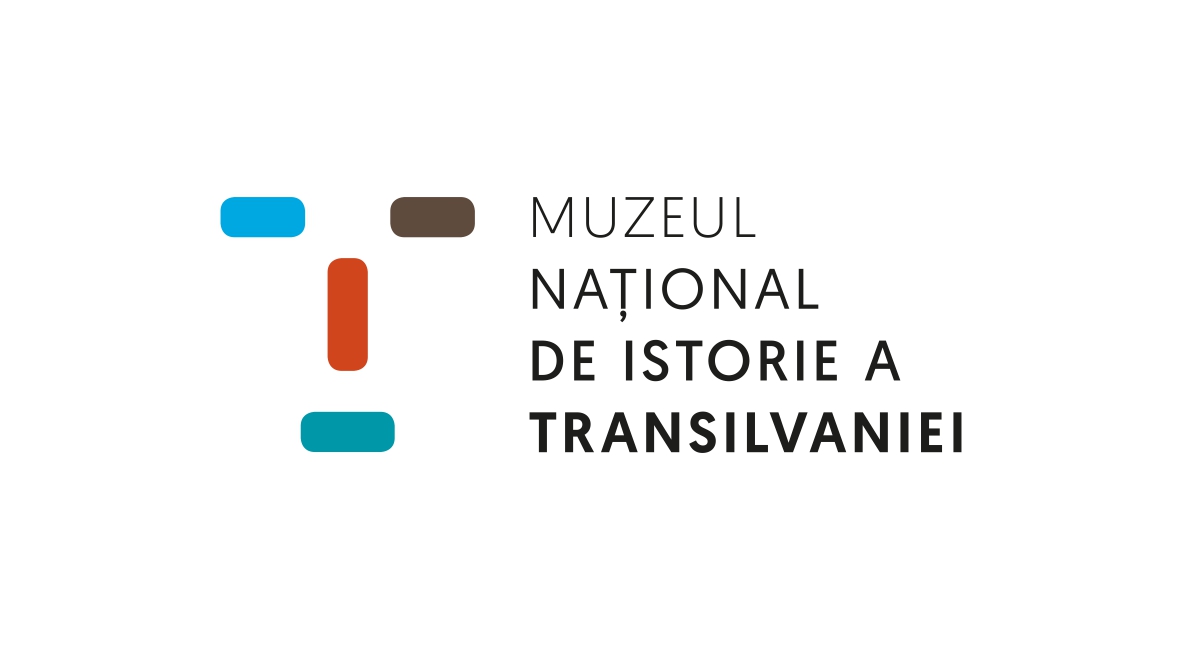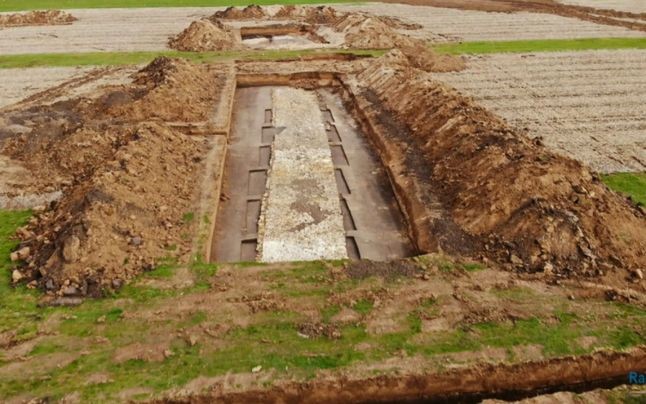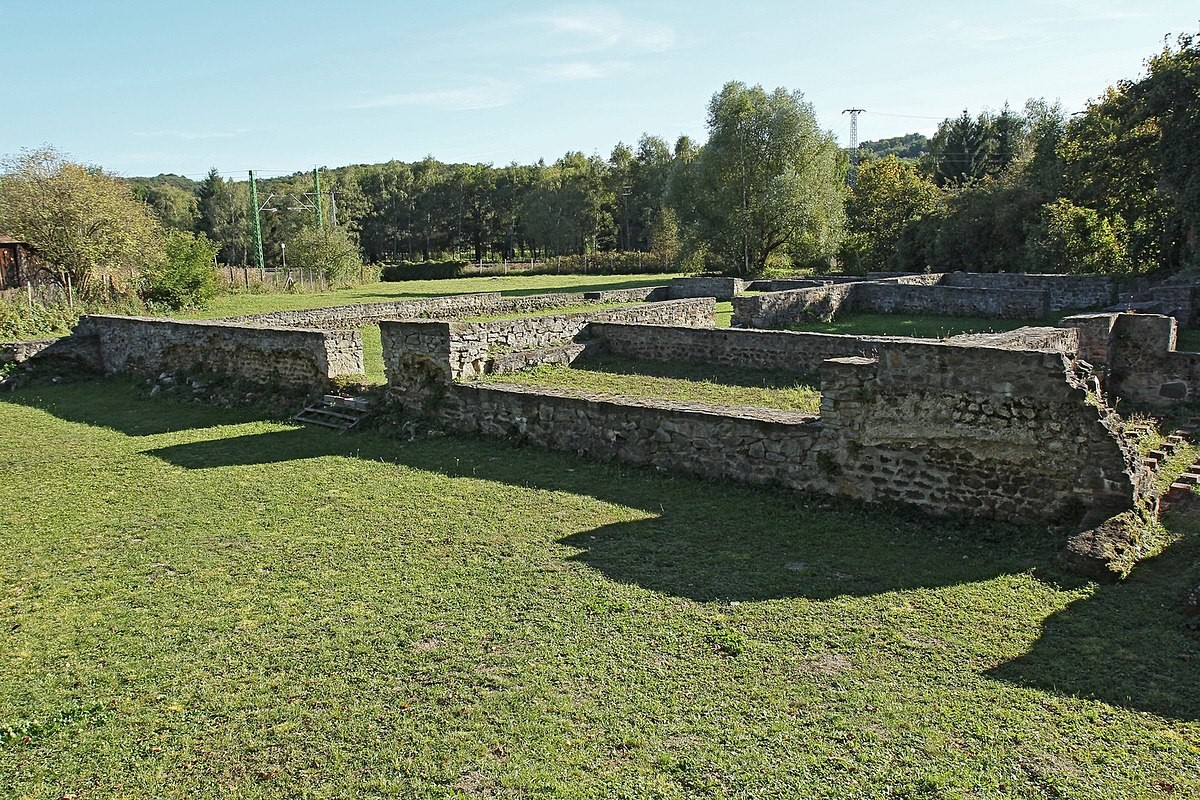|
|
| |
Dear partners and friends,
Keeping you up to date with ISTER - ConnectIng hiSTorical Danube rEgions Roman routes project, you will find 6 articles in this Second edition of our E-newsletter regarding the project’s progress, the presentations of consortium members and the best practices in the field of Roman Cultural Heritage (RCH) written by the ISTER's partners.
In this issue, we have dedicated a central place to the first ISTER non-scientific publication "Practical guide for stakeholders mapping", which presents in a synthetic form, the methodology behind the activities carried out within the WP_T2 (Joining, Activating & Tutoring) related to mapping potential stakeholders and establishing a Multi-Layer Stakeholder Group in each territorial / thematic area.
| PRACTICAL GUIDE FOR STAKEHOLDER'S MAPPING |
| |
 |
| |
|
The PRACTICAL GUIDE FOR STAKEHOLDER'S MAPPING reveals different methodological guidelines and tools that were used in the ISTER project for identification, analysis and engagement of the local groups of stakeholders, at the same time provides first results in terms of succes practices and engagement stories of our territorial and thematic partners. The guidelines for stakeholder mapping are addressed not only to traditional public and private sectors and civil society, but also to a wider group of stakeholders in related fields, such as: arts and crafts, creative industries, tourism, local services, agriculture marketing, environmental protection, to acquire a multidisciplinary group.
Link to the document |
|
| |
|
The National Museum of Transylvanian History is THE Lead Partner of the ISTER Project
|
| |
 |
|
As the Lead Partner of the ISTER project, the National Museum of Transylvanian History aims to identify and document as many stretches of Roman roads in the Danube region as possible. This will open the way for the other partners to implement their strategy and activities in the purpose of valorisation, presentation and preservation of the Roman roads in the Danube region. Read more
www.mnit.ro
|
|
| |
|
Regional Planning Authority of East Wuerttemberg
|
| |
 |
|
As one of the 12 administrative authorities in Baden- Württemberg, the Regional Planning Authority of East Wuerttemberg (RVOW) is responsible for the counties of Ostalbkreis and Heidenheim in the eastern part of the state, which include together 53 municipalities. Apart from planning, RVOW actively participates in various regional development projects.
The ISTER project, with its aim of making Roman routes more visible while boosting tourism development and developing a shared narrative of the Danube region’s common Roman past, provides an excellent framework for this. Read more
www.ostwuerttemberg.org |
|
| |
|
Carnuntinum Museum - the guardian of the heart of the Roman city of Carnuntum
|
| |
 |
|
The long tradition of Carnuntum as a destination for cultural tourism is closely linked to the 130-year history of research at this site. In the 1930s, purposeful excavations were undertaken in the area of the former civilian city with a view to establishing an open-air archeological museum. It is at this excavation site that today's Roman city district, the heart of the Roman city of Carnuntum, originated. Read more
www.carnuntum.at
|
|
| |
|
Interview of the manager of the LP of ISTER project
|
| |
 |
|
Mr. Felix-Florin Marcu, the manager of the National Museum of Transylvanian History, talked on a local news program about the two very important discoveries made by the researchers from Cluj-Napoca while on the salvage excavation from the Transylvania motorway. Read more
|
|
| |
|
A significant location of the ISTER route in Hungary: Salla and its territory
|
| |
 |
|
One of the significant stations of the Hungarian section of the Roman road defined in the Ister project is Salla, which is located at the intersection of the river Zala and the Amber Road in Zala County. The history of the Zala County section of the Amber Road dates back to pre-Roman times and is still used as a road of international importance, although its significance varied in Roman times. Read more
|
|
|
|
|
| |
|
If you have received this newsletter, you have been included on one or more of the Danube Transnational Programme/projects postal mailing lists. We are committed to respect and protect the privacy of personal data collected. We regard your personal data as confidential information and will never communicate it to third parties. Your personal data are used mainly for the express purpose of receiving the newsletter. Your mailing details may also be used by the DTP and its projects for information and dissemination purposes strictly related to the programme and its projects. If you prefer not to receive more of this newsletter and your data not to be used for dissemination purposes, you can unsubscribe by sending a reply email.
|
|
|
|
|
|
